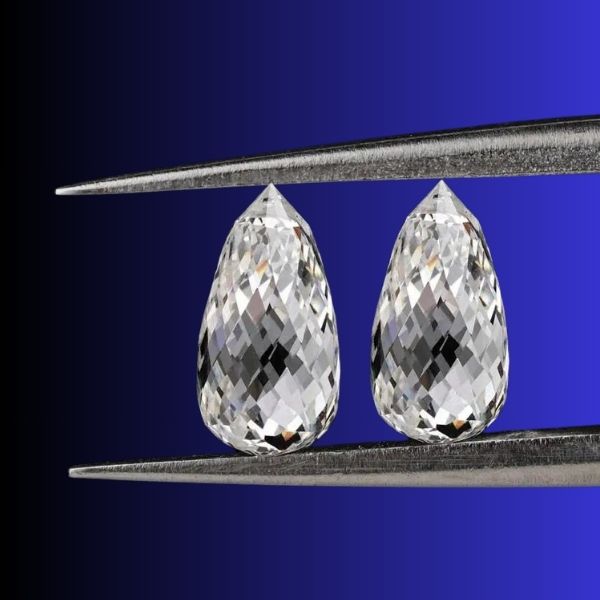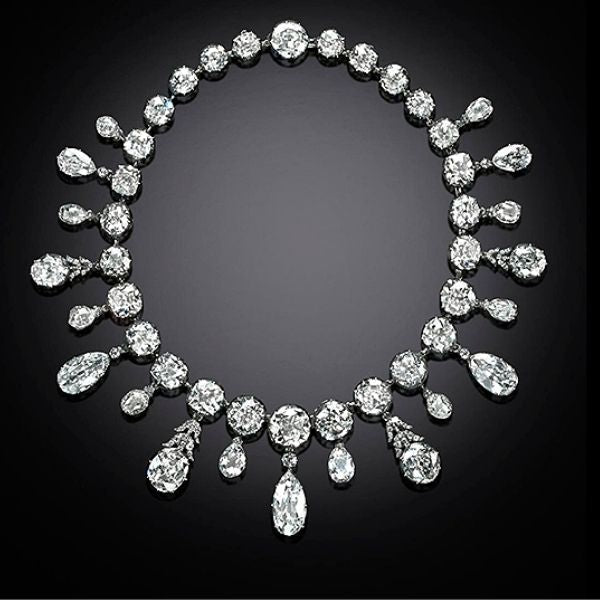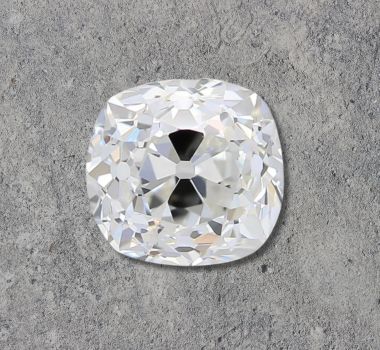
What are Briolette diamonds?
The Briolette Cut, featuring a drop-shaped stone adorned with triangular or diamond-shaped facets all around, lacks a table, crown, or pavilion. A higher number of facets enhances the stone's brilliance, and these triangular facets completely cover the circular cross section of the stone. The Briolette cut stands as one of the most challenging to master, even posing difficulties for modern laser cutting technologies in achieving perfection. Despite the meticulous production process, Briolette stones emerge as some of the most exquisite and unique diamond cuts available. The cut's distinctive teardrop shape allows unobstructed views of the diamond, creating a rare sense of fluidity that showcases the diamond at its finest.
The History Of Briolette Diamonds
In contemporary times, round and pear-cut diamonds reign supreme as the most popular and prevalent choices, alongside the widely embraced "Fancy" shaped princess and radiant cut diamonds. However, historical preferences tell a different story. Back in the 17th century, the briolette cut held unparalleled popularity among royal and noble families. This cut, distinguished by its absence of a flat surface or a conventional style culet, was not commonly employed as a center stone for rings or necklaces.
Instead, briolette-cut diamonds found favor as ornate embellishments for exquisite diamond necklaces. Notably, Napoleon bestowed upon Empress Marie Louise a stunning diamond necklace adorned with 10 briolette diamonds, each weighing 4 carats. Although briolette diamonds are relatively rarer in contemporary settings, there is a growing appreciation for them, particularly in larger sizes ranging from 8 to 12 carats.
Multifaceted magnificence
The initial aspect that catches the attention of anyone, even those unfamiliar with diamonds, is the cut's shape. This facet plays a crucial role in determining the diamond's style and the quality of light it radiates. Among the esteemed and traditional cuts, the briolette stands out as an elongated diamond resembling a teardrop or grape. Uniquely adorned with triangular facets covering its entirety, the briolette exhibits a rare brilliance and sparkle.
The briolette is thought to have originated from the double rose cut, characterized by one elongated side that imparts a drop shape to the diamond.




































